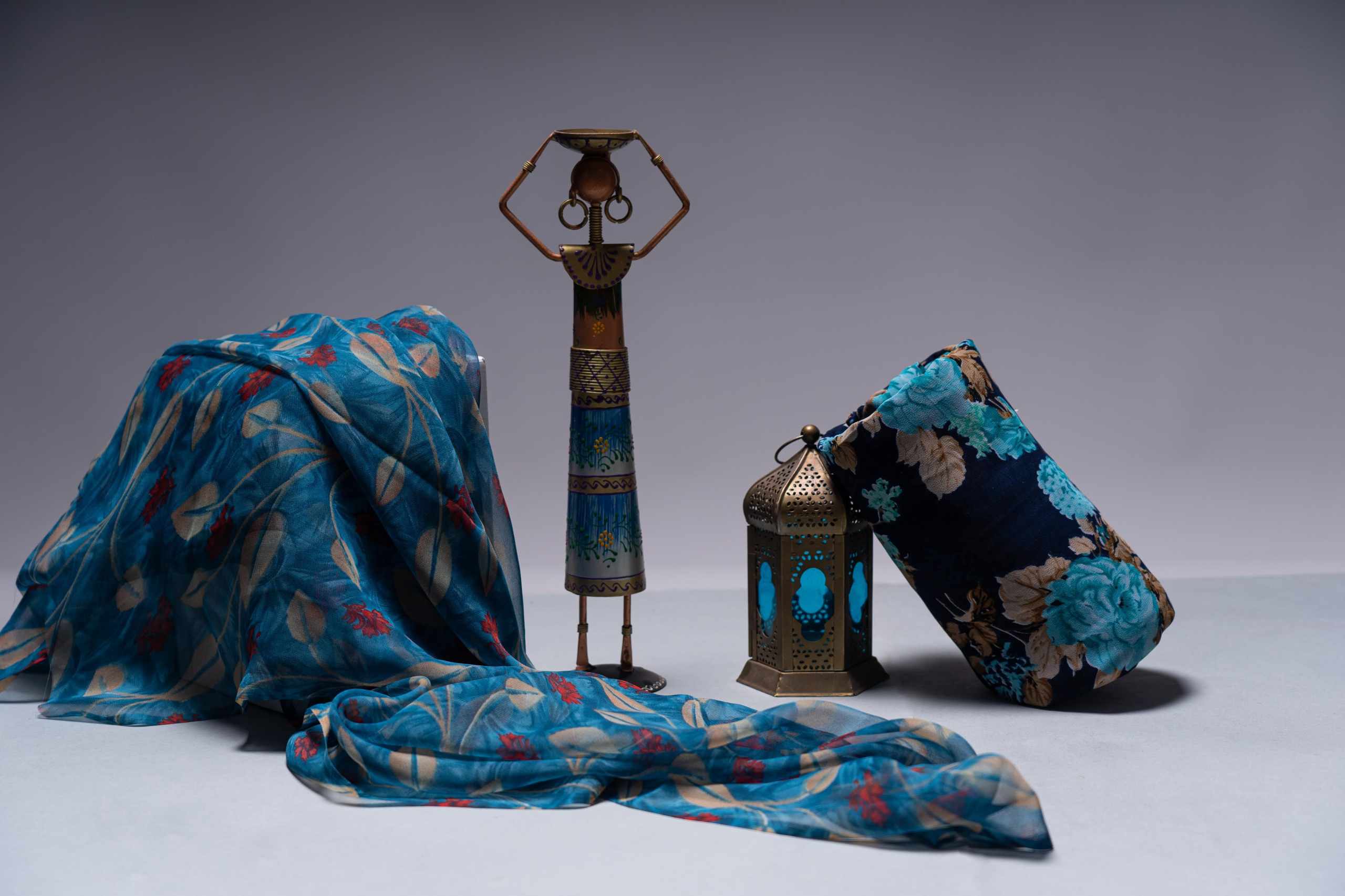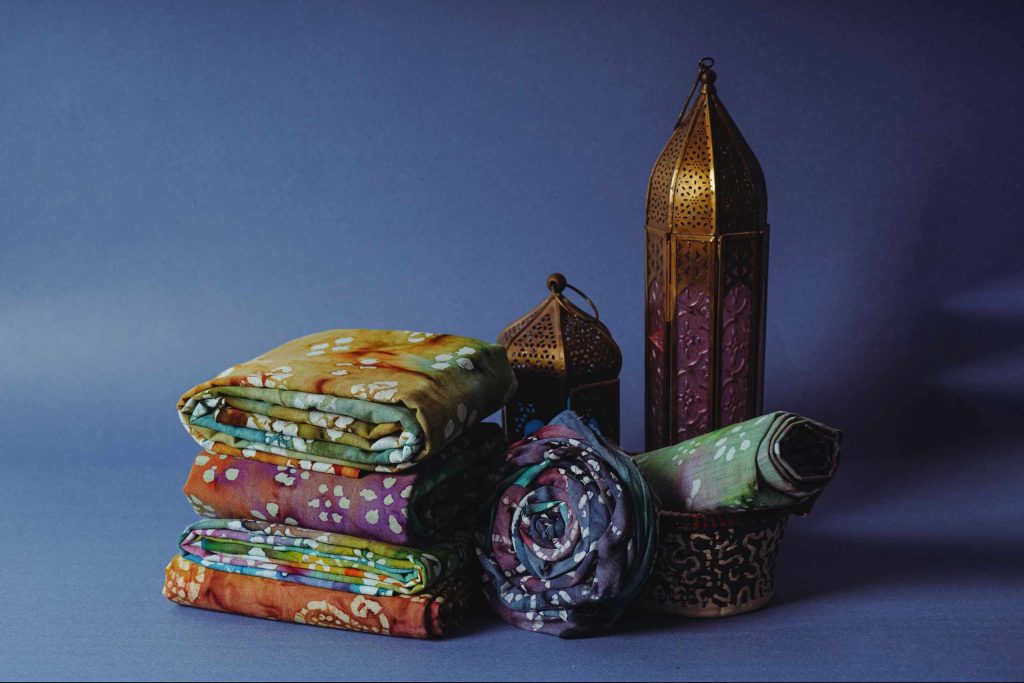Fabric painting allows you to hone your artistic and imaginative skills on the malleable surface of fabrics. Painting fabric has a number of significant advantages. You may use it to make one-of-a-kind garments, fabrics for upholstery and other crafts, and even print fabric fabric.
This wholesale fabric painting allows you to completely customize your clothing and interior decor for the low cost of a few paint colors and a good brush. It lets you make one-of-a-kind works of wearable art, whether you’re coloring a bag, practicing a DIY shirt project, or learning how to paint shoes.
“How do you paint on clothes?” may be found in this concise introduction to fabric painting for novices. Also, we’ll go over some essential information on how to protect acrylic paint on cloth for the long term. Okay, let’s get to work.
Choosing fabric paint
When learning how to paint on cloth, one of the most important things to keep in mind is that not all paints are created equal. For the best results, think about the sort of cloth you’ll be painting and the desired final look before settling on a paint.
There are a variety of methods available for making paint last on textiles. The top options are shown below.
Acrylic
Do you know whether acrylic paint will work on fabric? Most definitely! Acrylic paints are popular among painters because of their adaptability and durability. Acrylic is the most cost-effective material, and it is also the easiest to deal with.
Fabric dye
Fabric dyes are another popular choice since they are formulated to remain fast on a wide range of textiles. Choose a dye that is designed for the sort of cloth you are dealing with since various fibers need different types of chemical bonds for adhesion.
Alcohol based painting
Although they are more accurately described as inks than paints, cloth responds well to pigments that are dissolved in alcohol and may soak into fibers rather than merely adhering to the surface. Keep in mind that the saturation won’t be as deep as it would be with acrylic paints or dyes, and that you’ll need to add a protective sealer to avoid fading in the wash.With the right preparation and application methods, any of these paints may be used to create long-lasting designs on cloth. Fabric type and personal choice should determine whether acrylic paint or another sort of paint is used.
Keep in mind that you may choose the kind of paint you want to use within each variation. In total, you may choose from three different formats:
Markers: These are good for lines, fine detail work and writing,
Sprays: To cover large area and for upholstery,
Liquids: for block painting and silk screening.
Tips to paint
Prepare fabric
Does cloth paint wash off? Technically no, however if you select fresh cloth for your artwork it may be sprayed with chemicals that may prevent the paint from bonding. Pre-washing will eliminate these chemicals, and will also enable the object to come to its ultimate size before you execute your design—instead of after.
Add barriers in layers
All varieties of fabric paint do have a tendency to seep in between coats. Use a shield such as a piece of cardboard for multi-layered clothing, especially products with both a front and back including t-shirts and pillow covers.
Set acrylic
Understanding how to cure acrylic paint on fabric is crucial. As if you don’t set it, you won’t get lasting effects. The best method to do it? Heat treatment, which is simply just ironing the cloth in the contrary direction you painted. Give spray paint 24 hours to the drier, warm it using a dry iron in moderation, and then allow four to five days prior cleaning.
Gentle press
Keep in mind that fabric paint is specifically formulated to bond to fibers, so you won’t need to exert much pressure for it to accomplish its work. Press firmly enough to deposit color, but not so hard that you smudge it where you didn’t want it.

Fabric types
As a medium, fabric can be picky. The fabric you’re painting on might affect how much care you need to take before and after the painting process. So to preserve the integrity of your design. If you’re using a fabric that is prone to creases, iron beforehand in addition to completing a pre-wash to keep your pattern looking beautiful.
Choose right fabric
You need to choose the right cloth for fabric painting to get the desired results. Fabric colors are well-suited for fabric because of their nature and qualities, but picking the perfect fabric is still crucial. Colors seem truer and last longer on natural fiber textiles like cotton, khadi, and silk. When putting brush to cloth, there are a few crucial details to remember. We’ve compiled a list of helpful hints; Painting onto a densely woven cloth will result in a very smooth surface. Similarly, painting on a flowy cloth is possible, but it calls for a unique approach. The better the end product, the greater the thread count of the cloth should be. The proper way to prepare a cloth for painting is also an essential consideration. First, a cloth should be pre-washed to eliminate the possibility of shrinking and to remove any residual starch.
The second step would be to dry and iron the cloth. When you’ve completed these steps on a fabric, it’s ready to be painted using Fabric Colors. Synthetic textiles, which are often constructed of polymers and hence do not absorb colors, are now the topic of conversation. However, synthetic textiles with no shine or greasy finish respond well to Fevicryl Fabric Paints.
Dampen fabric
If you’ve ever tried your hand at tie dying, you presumably already know this trick. If you dampen your cloth before painting, the paint will penetrate deeper into the fibers, increasing the chance of a good bond. Don’t soak the cloth or your colors may run or get diluted.
Help from bleach
Sometimes, but not always, bleach may be used as a substitute for a magic eraser for cleaning up messes. If you make a mistake. Then you may test a small area of your cloth with some bleach and an inexpensive paintbrush. If it does the job, use it (carefully) as required, then wash the item before painting over it to remove any traces of bleach. If you’re dealing with dark cloth, bleach may serve as a medium all on its own.
Conclusion
The process of painting fabric is far beyond the craft of decorating fabric or clothes. It is an art of communicating emotions and perception through putting your own designs and patterns on your print fabric. Yet during this process you will need these tips and tricks so you can do this art with perfection and techniques.
Do not forget the role of fabric in this process. To get high quality fabric for fabric painting, if you are looking for fabric manufacturer, checkout the fabriclore online store. Here you will get a vast variety of dyeables fabric for painting. You can also choose to buy wholesale fabric for your art. Also, you will get help from a team of experts if you want to customize the fabric for your project.






Comments are closed for this post.